
We’re heading into the official start of the Fall season this weekend. That means a lot of plants are coming inside–and some of them already need some serious care. We want to give them some quick assistance. That usually means trying to save the soil with some fertilizer. Houseplants are different, though, and it’s a good time to go over some simple rules. [image via wikimedia]
First off, an indoor plant makes it a lot easier to follow the general rule that you don’t need to put too much fertilizer on your plants. And by “too much,” we often mean the manufacturer’s recommended amount. We’re willing to accept that our kitchens and other rooms in our houses aren’t really perfect growing conditions. A plant can only absorb so much fertilizer–and being indoors usually means a plant is getting less sun while living in drier air. That already makes it tough for the plant to make use of what would be an average amount of fertilizer. Don’t forget that too much fertilizer can be like poison to a plant. Outside of a greenhouse, we’re going with half-portions of what the manufacturer suggests.
We’re also resisting the urge to throw fertilizer on the weakest plants. Those are going to have to show some new growths before we even introduce them to a half-portion of fertilizer.
Unless you’re certain that you are providing your plants with absolutely perfect growing conditions, never apply more than half the recommended dose of fertilizer. We’re not fanatics, though. Our new indoor residents include a few fruit plants and some flower plants. In general, we have to go heavy with water and sunlight with those–as in literally moving the plants around during the day to keep catching light. Those plants might really need more than a half-dose of fertilizer.
And don’t forget that some plants simply don’t need to be growing when it’s not their time. We might totally spare those from any fertilizer. Others won’t get any fertilizer until they have blooms and are frankly asking for the stuff.
So, with the knowledge that fertilizer can still be a good thing, let’s look at the best ones to use. Although we still think we should leave our plants free of the stuff until mid-October. That’ll be a month since we brought them indoors. Anyway, we go with the usual 20-20-20 blend for a combined 60% composition of potassium, phosphorous, and nitrogen. We’re avoiding liquid fertilizer. It just seems safer to keep an eye on the soil with either tablets or crystalline fertilizer. From there, we’re just ever vigilance–which brings us again to the main rule of fertilizer consumption: listen and look to your plants for what they need during these indoor months.


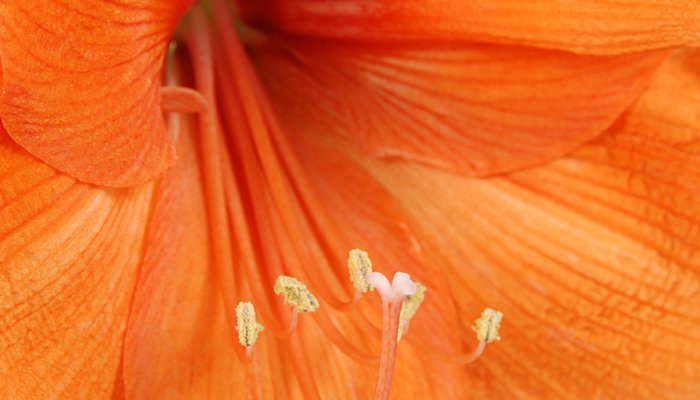
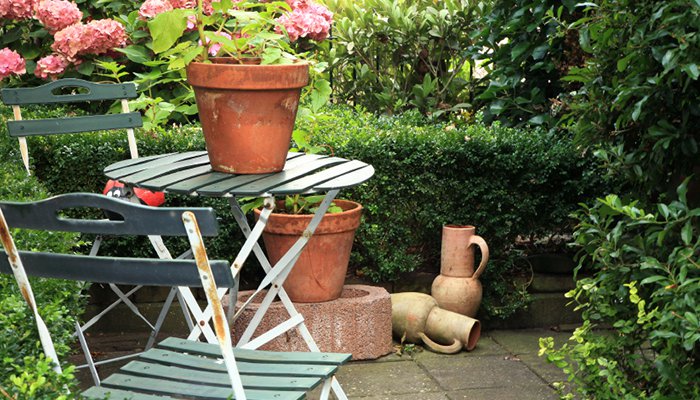
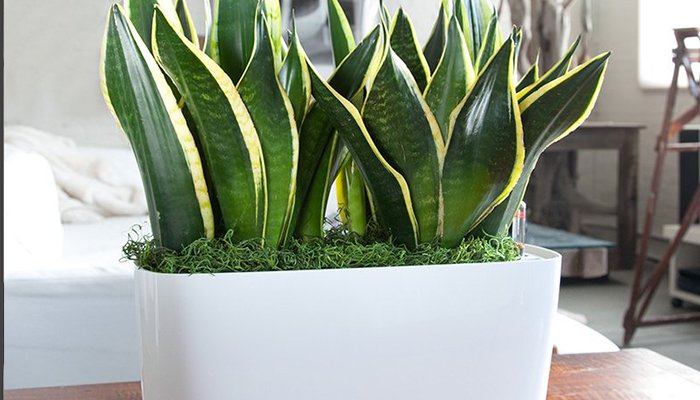
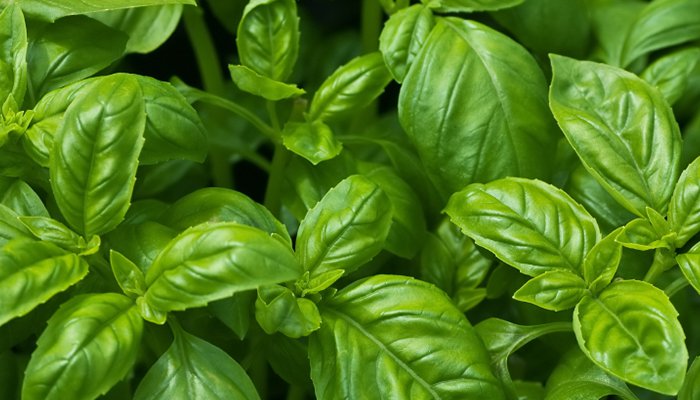
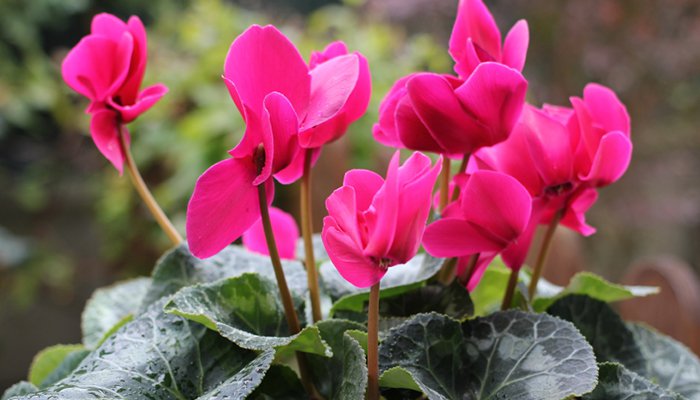
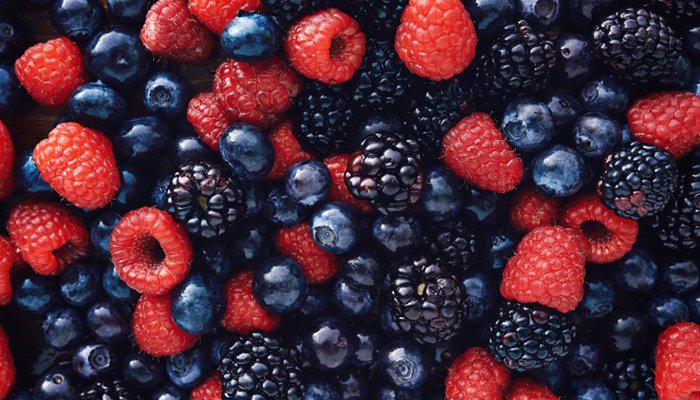
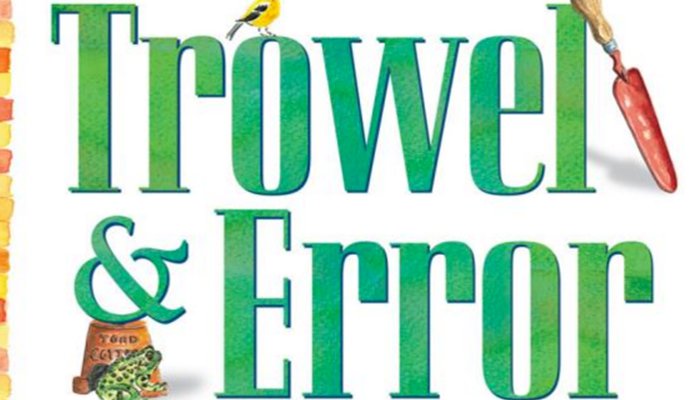

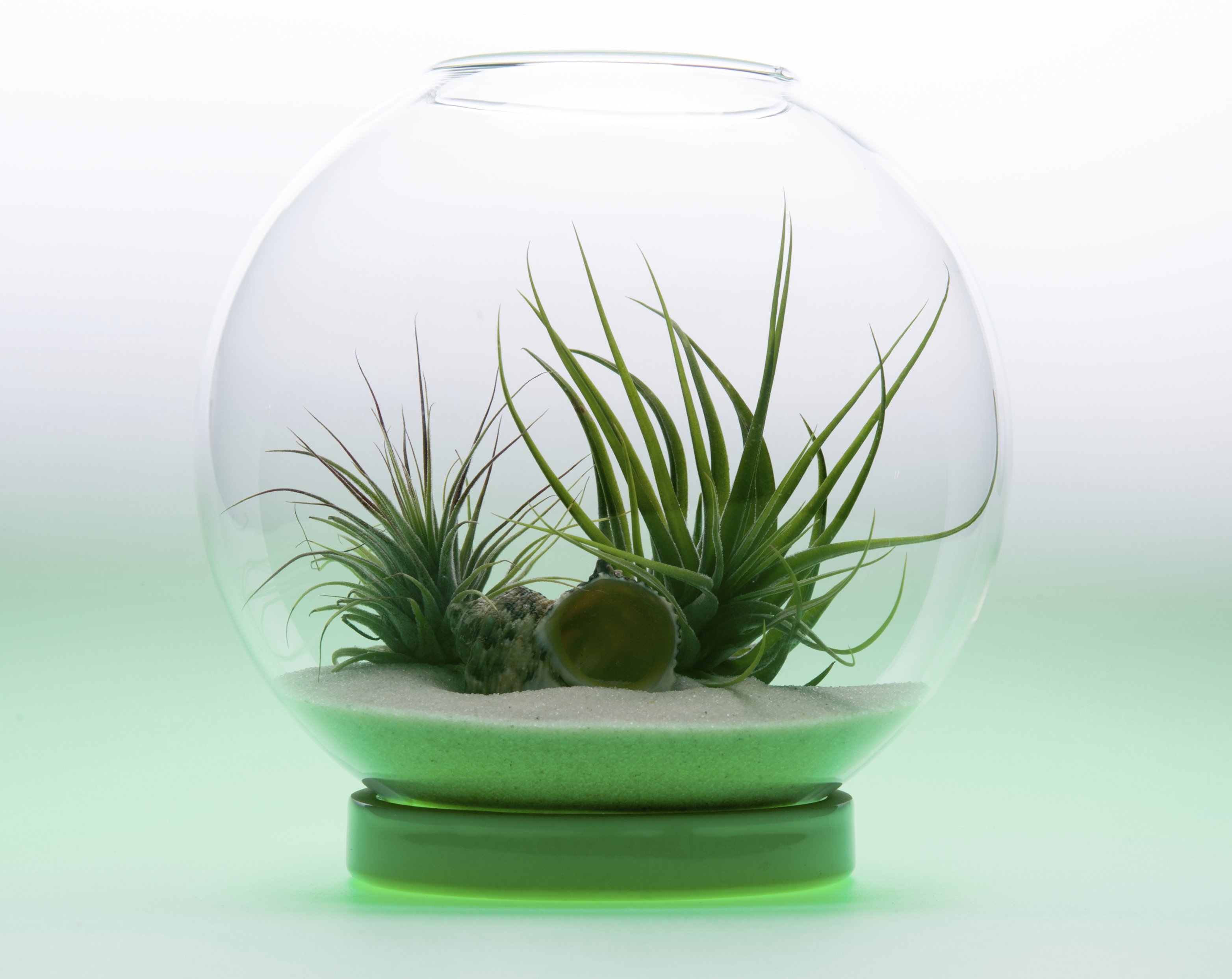
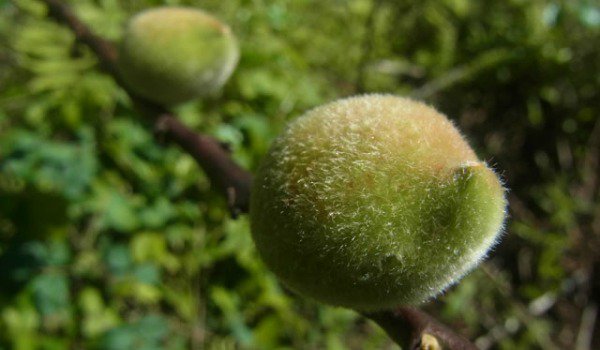
My guess is that you’re over-watering it. The soil should be moist, but not wet; plpoee tend to kill plants with kindness, so you’re not the first. Let the soil dry out between waterings; also be sure it is getting enough light. If the leaves look dry, then it could be getting too much, but it’s hard to give most herb plants too much, even in direct sun. Good luck! Was this answer helpful?